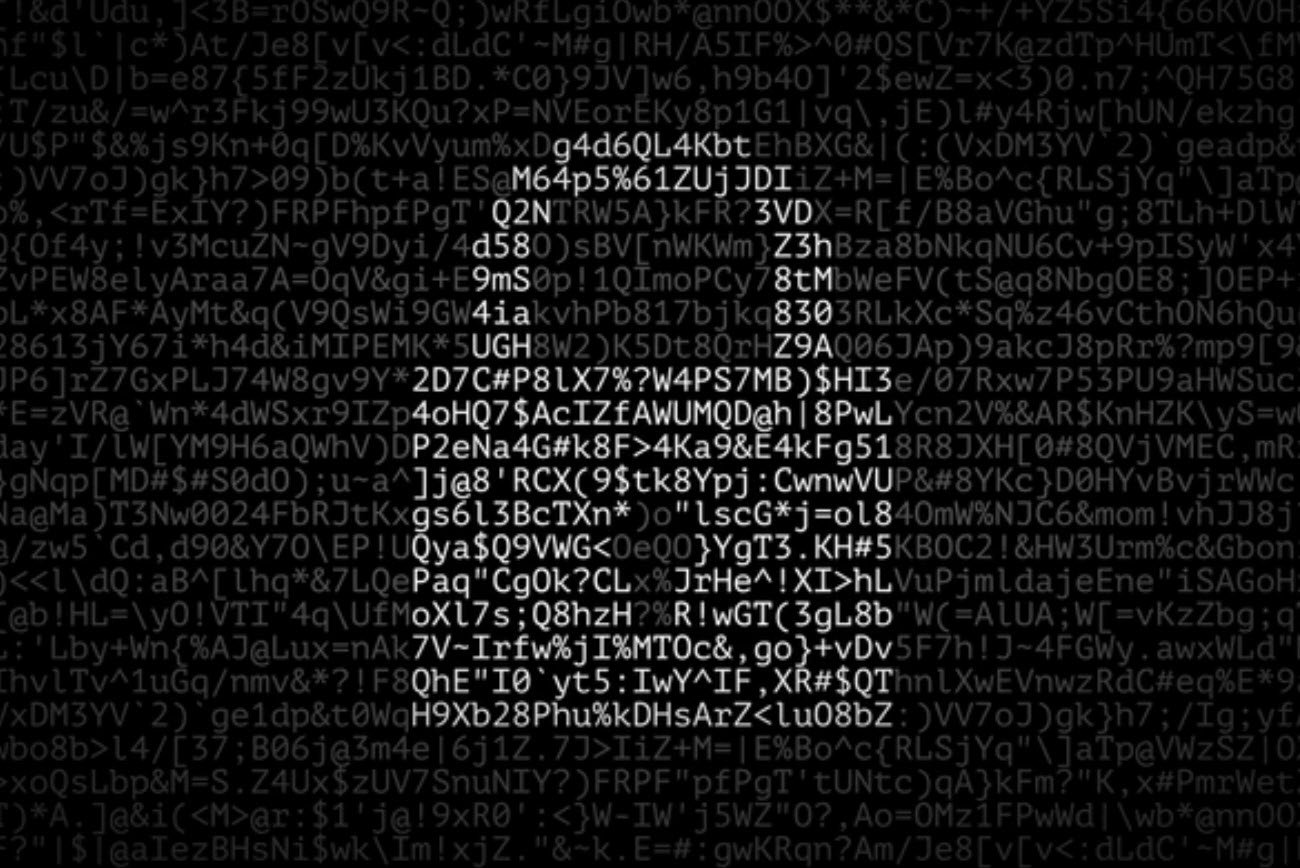
It is a branch of technology known as information security as applied to computers. The objective of computer security varies and can include protection of information from theft or corruption, or the preservation of availability, as defined in the security policy.
1. It is a prepared application that takes advantage of a known weakness :
- security exploit
- vulnerability scanner
- packet sniffer
- rootkit
Correct Answer – A
2. It is a tool used to quickly check computers on a network for known weakness:
- security exploit
- vulnerability scanner
- packet sniffer
- rootkit
Correct Answer – B
3. It is an application that captures TCP/IP data packets, which can maliciously be used to capture passwords and other data while it is in transit either within the computers or over the network:
- Security exploit
- Vulnerability scanner
- Packet sniffer
- Rootkit
Correct Answer – C
4. It is a situation in which one person or program successfully masquerades as another by falsifying data and thereby gaining illegitimate access:
- Spoofing attack
- Vulnerability scanner
- Packet sniffer
- Rootkit
Correct Answer – A
5. These hacker breaks security for altruistic or at least non malicious reasons:
- White hat
- Grey hat
- Blue hat
- None of these
Correct Answer – A
6. This hacker is a hacker of ambiguous ethics and/or borderline legality, often frankly admitted:
- Whit hat
- Grey hat
- Blue hat
- None of these
Correct Answer – B
7. This hacker is someone outside computer security consulting firms that are used to bug test a system prior to its launch, looking for exploits so they can be closed:
- White hat
- Grey hat
- Blue hat
- None of these
Correct Answer – C
8. It is a software program designed to record (‘log’) every keystroke on the machine on which it runs :
- Keylogger
- Worm
- Virus
- Cracker
Correct Answer – A
9. It is a self-replicating program that infects computer and spreads by inserting copies of itself into other executable code or documents:
- Keylogger
- Worm
- Virus
- Cracker
Correct Answer – C
10. Like a virus, it is also a self-replicating program. The difference between a virus and it is that a worm does not create copies of itself on one system: it propagates through computer network:
- Keylogger
- Worm
- Cracker
- None of these
Correct Answer – B
11. Viruses that fool a user into downloading and/or executing them by pretending to be useful applications are also sometimes called:
- Trojan horses
- Keylogger
- Worm
- Cracker
Correct Answer – A
12. These are program designed as to seem to being or be doing one thing, but actually being or doing another:
- Trojan horses
- Keylogger
- Worm
- Cracker
Correct Answer – A
13. It is a toolkit for hiding the fact that a computer’s security has been compromised, is a general description of a set of programs which work to subvert control of an operating system from its legitimate (in accordance with established rules) operators:
- Rootkit
- Keylogger
- Worm
- Cracker
Correct Answer – A
14. Packet Sniffer is :
- an application that captures TCP/IP data packets, which can maliciously be used to capture passwords and
other data while it is in transit either within the computer or over the network. - a situation in which one person or program successfully masquerades as another by falsifying data and
thereby gaining illegitimate access. - a toolkit for hiding the fact that a computer’s security has been compromised, is a general description
of a set of programs which work to subvert control of an operating system from its legitimate (in accordance
with established rules) operators. - none of these
Correct Answer – A
15. Rootkit is :
- an application that captures TCP/IP data packets, which can maliciously be used to capture passwords and
other data while it is in transit either within the computer or over the work. - A situation in which one person or program successfully masquerades as another by falsifying data and
thereby gaining illegitimate access. - A toolkit for hiding the fact that a computer’s security has been compromised, is a general description
of a set of programs which work to subvert control of an operating system from its legitimate (in accordance
with established rules) operators. - none of these.
Correct Answer – B
16. Spoofing attack is :
- an application that captures TCP/IP data packets, which can maliciously be used to capture passwords and
other data while it is in transit either within the computer or over the network. - a situation in which one person or program successfully masquerades as another by falsifying data gaining
illegitimate access. - a toolkit for hiding the fact that a computer’s security has been compromised, is a general description
of a set of programs which work of subvert control of an operating system from its legitimate (in accordance
with established rules) operators. - none of these
Correct Answer – C
17. Security exploit is :
- a prepared application that takes advantage of a known weakness.
- a tool used to quickly check computers on a network for weakness.
- an application that captures TCP/IP data packets, which can maliciously be used to capture passwords and
other data while it is in transit either within the computer or over the network. - a situation in which one person or program successfully masquerades as another by falsifying data and
thereby gaining illegitimate access.
Correct Answer – A
18.
- A prepared application that takes advantage of a known weakness
- a tool used to quickly check computers on a network for known weaknesses
- an application that captures TCP/IP data packets, which can maliciously be used to capture passwords and
other data while it is in transit either within the computer or over the network. - a situation in which one person or program successfully masquerades as another by falsifying data and
thereby gaining illegitimate access.
Correct Answer – B
19. A packet sniffer is :
- a prepared application that takes advantage of a known weakness.
- a tool used to quickly check computers on a network for known weakness.
- an application that captures TCP/IP data packets, which can maliciously be used to capture passwords and
other data while it is in transit either within the computer or over the network. - a situation in which one person or program successfully masquerades as another by falsifying data and
thereby gaining illegitimate access.
Correct Answer – C
20. White hat is :
- hacker breaks security for altruistic or at least non-malicious reasons.
- hacker of ambiguous ethics and/or borderline legality, often frankly admitted.
- someone outside computer security consulting firms that are used to bug test a system prior to its launch,
looking for exploits so they can be closed. - none of these
Correct Answer – A
21. In which among the following statutes the words “Cyber Crime” has been defined ?
- information Technology
- Indian Penal Code
- Copyright
- None of the above
Correct Answer – D
22. ‘Cyber Crime’ relates to
- Computer
- Internet
- All of the above
Correct Answer – D
23. “Cyber Crime” Includes
- security or financial crime
- pornography
- on-line gambling and cyber terrorism
- all of the above
Correct Answer – D
24. Causes of Cyber Crime include
- easy access to computer network
- negligence of victims to safety of their data
- complexity of data in operating system
- all of the above
Correct Answer – D
25. What is/are ways of committing the offence of “Cyber Crime”?
- Unauthorized access to computer systems or hacking
- E-mail gambling
- Virus attacks
- All of the above
Correct Answer – D
26. What is/are classification of cyber crime ?
- Harassment via e-mail
- Cyber stalking
- Dissemination obscene material
- All of the above
Correct Answer – D
27. What is/are cyber crime against Government ?
- Cyber terrorism
- Distribution of pirated software
- Hacking of unauthorized secret information
- All of the above
Correct Answer – D
28. What are statutes to combat cyber crime ?
- Information Technology Act
- Indian Penal Code
- Copyright Act
- All of the above
Correct Answer – D
29, What is the meaning of “Cyber Security”?
- Protecting information in computer
- Protecting computer equipment devices or communications
- Protecting the computer or network access
- All of the above
Correct Answer – D
30. The Information Technology (Amendment) Act 2008 strengthened the law to combat cyber crime. On which date such Amendment Act came into force ?
- 27 October, 2009
- 27 October, 2008
- 17 October, 2009
- 17 October, 2008
Correct Answer – A
31. Grey hat is :
- hacker breaks security for altruistic or at least non-malicious reasons.
- hacker of ambiguous ethics and/ or borderline legality, often frankly admitted.
- someone outside computer security consulting firms that are used to bug test a system prior to its launch
looking for exploits so they can be closed. - none of the above
Correct Answer – B
32. Blue Hat is :
- hacker breaks security for altruistic or at least non-malicious reasons.
- hacker of ambiguous ethics and/or borderline legality, often frankly admitted.
- someone outside computer security consulting firms that are used to bug test a system prior to its launch,
looking for exploits so they can be closed. - None of these.
Correct Answer – C
33. Black hat is :
- (a) someone who subverts computer security without authorization or who uses technology (usually a computer or the Internet) for terrorism, vandalism (malicious destruction), credit card fraud, identify theft, intellectual property theft, or many other types of crime.
- a person, usually not an expert in computer security, who breaks into computer systems by using pre-packaged automated tools written by others.
- hacker who utilizes technology to announce a political message.
- None of these
Correct Answer – A
You may also like:- Code/Decode – Practice Test Questions With Answers
- Common Interview Questions and How to Tackle Them
- Mastering 25 Common Job Interview Questions
- Biology MCQ Quiz Questions with Answers
- [Human Physiology] Gastro-Intestinal Tract – MCQ Questions with Answers
- [Human Physiology] Respiratory System – MCQ Questions with Answers
- [Human Physiology] Cardiovascular System – MCQ Questions with Answers
- [Human Physiology] Nerve and Muscle – MCQ Questions with Answers
- [Human Physiology] Blood – MCQ Questions with Answers
- [Human Physiology] General Physiology – MCQ Questions with Answers








